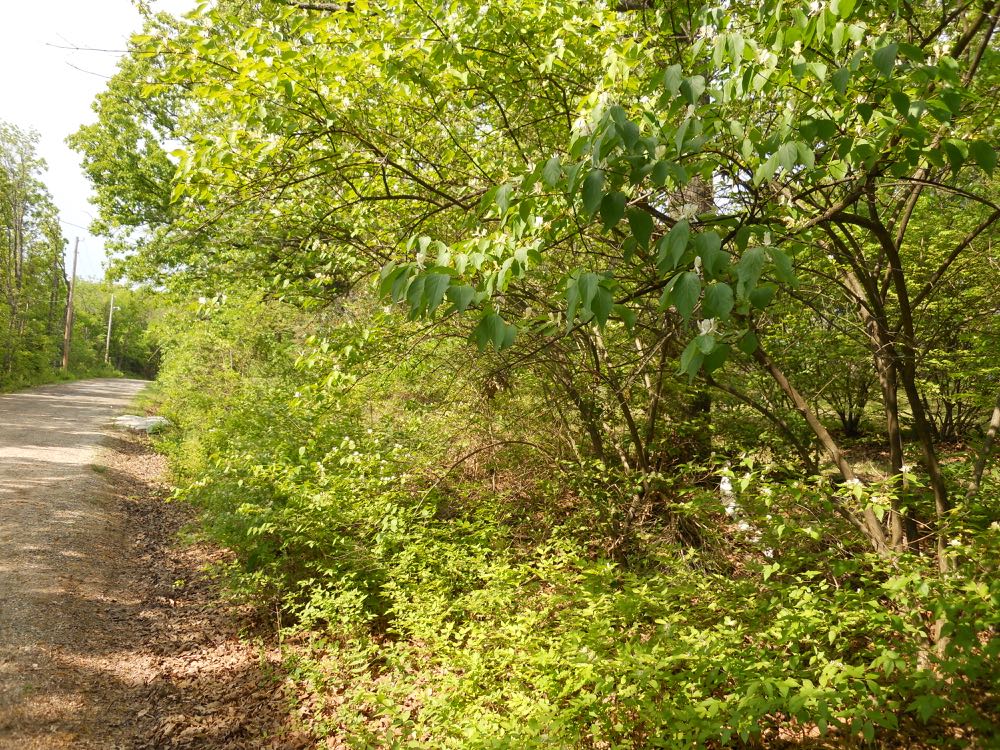Saving Zinnia Seeds
/A seed head from a zinnia will produce hundreds of plants. (Photo by Charlotte Ekker Wiggins)
Saving Zinnia Seeds
I didn’t get my zinnias planted this year so I plan to make up for that next year. Zinnias, my all-time favorite annual flowers. Why?
They are very easy to grow.
Colorful.
Excellent for pollinators.
Wonderful as cut flowers.
And you can save their seeds for planting the following year.
I can’t remember the last time I bought zinnia seeds because friends have passed on theirs. These lovely colorful flowers have large seed heads, making it easy to dry them for planting over the next 2-3 years. I know, we all tend to think seeds last only a year. If stored in the correct dry conditions, most seeds will last for several years after collected and dried.
One question a friend asked was did she have to separate flower petals from the seeds. I say no as long as you get both nicely dry.
Dry the whole flower head; the flower petals will dry and mix in with seeds. (Photo by Charlotte Ekker Wiggins)
To dry the seeds, the key is to allow air to circulate through them so they can thoroughly dry.
This year, I am using a cardboard box that’s lined with brown paper. The brown paper helps to absorb and wick away any moisture. I toss the pile every time I walk by, ensuring that air gets through the pile.
I may even set up a second drying rack and distribute this stash of zinnias to ensure they are drying evenly.
A lined cardboard box I periodically toss is an excellent place to dry zinnias. (Photo by Charlotte Ekker Wiggins)
And I already have the flower beds selected for planting these zinnia seeds next year.
This is a zinnia bouquet from last year, such a great combination of colors! (Photo by Charlotte Ekker Wiggins)
You probably have seen zinnias growing in a variety of places, they are a garden favorite and usually covered in bees and butterflies. If I had my druthers on naming these flowers, I would have called them flutterbies.
I missed planting them this year because our midwest spring was too wet. Even if the same thing happens next year, these will be the first seeds that go out once the danger of frost is over, around Mother’s Day in May.
Looking forward to having zinnias back in my garden, and my house!
Charlotte
























































